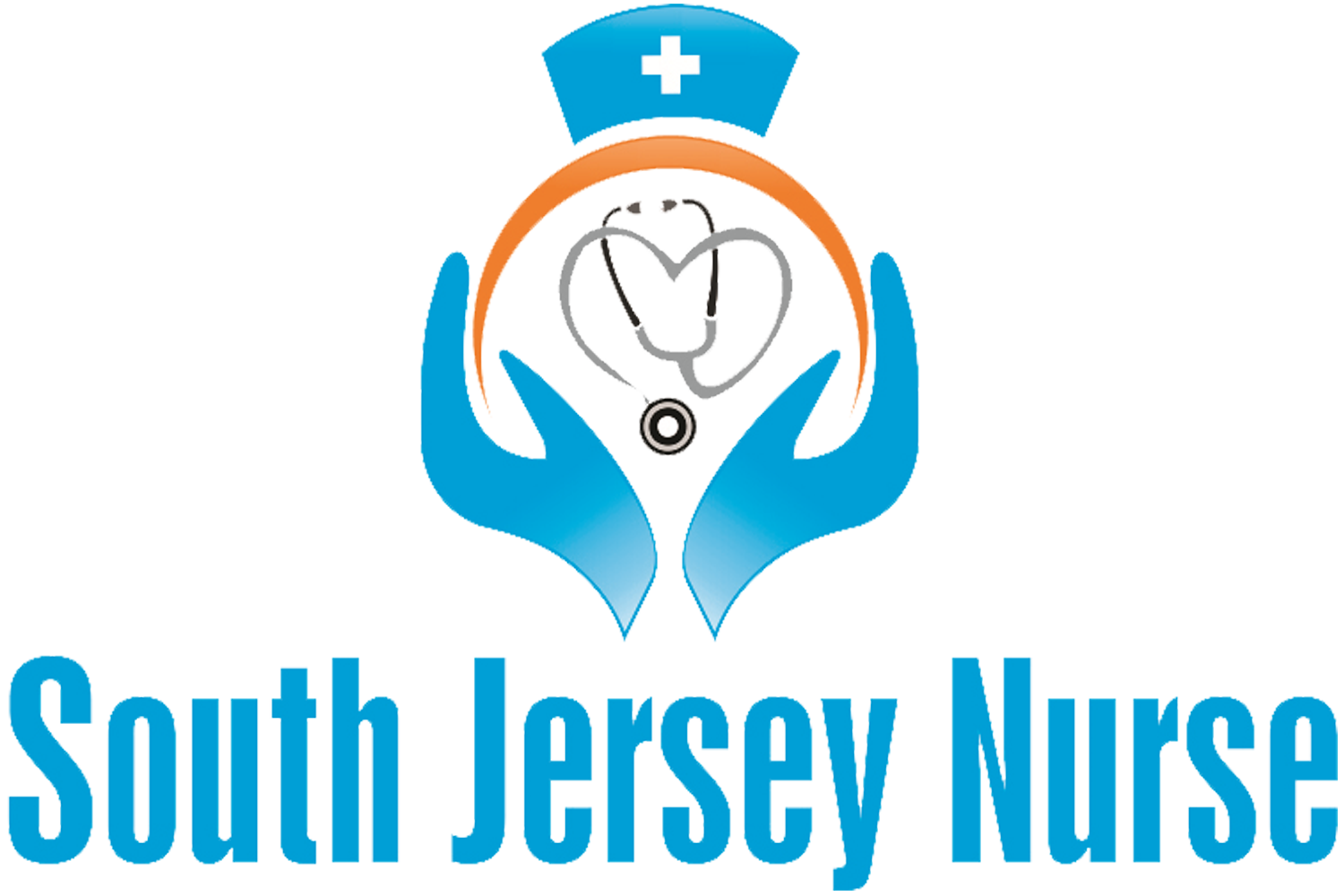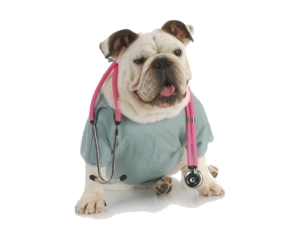
Prevent Foot Pain For Nurses: Causes and Solutions to the Pain
“How to prevent foot pain for nurses” is one of the top searches on the Internet. According to a survey conducted, nurses experience foot pain almost every day. A baffling majority of nurses all over the world suffer from indescribable foot pain.
Aching legs and sore feet are common complains of nurses, discomforts which appear to be inevitable with the long hours of walking and standing required to fulfill their roles. However, it is a false belief. You can actually go home after your shift without having to experience sore feet and legs by wearing compression socks. The best compression socks for nurses reduce swelling and pain in the legs even after a long duty at the hospital. It can also prevent the formation of varicose veins. Even better, support socks for nurses are a great match-up to your scrubs
Having good footwear is essential.
Nurses are prone to foot pain due to the nature of their work. They are always on their toes (literally) all day and night, especially if they work double shifts. Walking around at the hospital all day exposes nurses to more foot-related tears and injuries.
Shop for the Best Nursing Clogs
Understand the sources of foot pain for nurses and be able to address these effectively with the given solutions:
Foot Pain Issue #1 Plantar Fasciitis
Plantar fasciitis affects almost all nurses. Because nurses are always standing, nurses tend to damage their plantar fascia. This condition is more common for new nurses who have not yet discovered the beauty of proper foot gear. Sometimes, the plantar fasciitis happens as a result of obesity or improper way of walking.
Solution: Buy proper nursing foot gear
Nurses have to visit their patients during their rotation and they also have to do other running around the hospital. Thus, wearing the proper nursing gear such as comfortable nursing shoes, nursing clogs, or compression socks can help prevent foot pain for nurses. One of the best work-related investments for nurses is to buy compression socks. The best compression socks for nurses regulate blood circulation and prevent water retention in the legs.
Shop for the Best Compression Socks for Nurses
Foot Pain Issue #2 Bunions
To put it simply, bunions are the bumps that you see on the joint of your big toe. Bunions can be painful, especially if your shoes are rubbing against it while walking around.
Solution: Get Proper Shoes
Buying comfortable nursing shoes cannot be emphasized enough. While the shoes are not the main culprit as to why people have bunions, getting comfortable nursing shoes and nursing clogs can help nurses in completing their work around the hospital well as to prevent foot pain for nurses.
For nurses, there is the issue on what is more comfortable to wear for hospital duty: nursing clogs or nursing sneakers.
For nursing clogs advocates, they love that clogs are easy to slip on. Nursing clogs also support the arch of the feet as well as protect the toes. There are options if the nurse wants to remove the backstrap or not. One of the best features of the nursing clogs is that while they are easy to wear, they are slip resistant as well.
On the other hand, nursing sneakers are also a viable option for nurses because sneakers are lightweight, have good arch support even for those with high arches, and are very comfortable.
Foot Pain Issue #3 Skin Cracks Around The Foot Area
Nurses can become so preoccupied with their work, they sometimes forget to take care of themselves as well. At first, the skin around the foot area become calloused and dry. In time, the dry skin becomes cracked. Cracked skin and more commonly cracked heels tend to affect nurses who are always on the go. While it may not be painful for some people, if left untreated, cracked heels can be a source of additional foot issues. Some additional foot issues include bleeding, infection, or numbness on the affected foot.
Shop for the Best Nursing Clogs
Solution: Moisturize
Proper moisturization is the key to prevent foot pain for nurses. Harsh winters can take a toll on your skin, especially your heels. After a long day at the hospital, avoid taking long hot showers with harsh soaps. If you cannot help it, try to apply heavy duty lotion to dry patches of your skin to avoid skin cracks.
Foot Pain Issue #4 Preexisting Health Conditions
Double shifts definitely take a toll on the health of nurses. To cope with the workload, some nurses start to eat unhealthy snacks and tend to forgo physical activity to catch up on more sleep. However, more often than not, preexisting health conditions, such as obesity, gout, or arthritis, contributes to more painful foot problems for nurses.
Solution: Take Better Care Of Your Health
Being overweight can put unnecessary stress on one’s feet. People who have normal body weights experience less foot pain as compared to overweight nurse counterparts. To help prevent foot pain for nurses, as well as the other medical conditions stated above, affected nurses should start eating healthier and exercising more.
Foot Pain Issue #5 Ingrown Nails
Do you remember the instances when you forgot to trim your nails for a period of time, then you felt an ingrown nail pushing at the side of your skin? Even walking can be a chore when you are experiencing this foot pain issue.
Solution: Practice Proper Foot Hygiene
Proper foot hygiene is important to prevent foot pain for nurses. In as much as nurses perform basic foot care procedures on other people, nurses should also be the first ones to practice the procedures on themselves. The nails tend to collect dirt and bacteria that can cause infections. Regularly cutting your nails and removing ingrown nails can save you from unnecessary foot pain in the future.
Foot Pain Issue #6 Sprains
Nurses who are constantly on their feet are more prone to foot and leg sprains. Going to the hospital without proper stretching exercises can lead to overstretching of the muscles. On other occasions, because nurses are too tired from working long hours at the hospital, their muscles don’t get enough rest to recover. This may lead to sprains as well.
Solution: Rest. Ice. Compress. Elevate.
All nurses may be familiar with this first aid concept already. However, there may be others who know this concept but don’t practice it to themselves. Nurses should rest their bodies as much as they can. Proper rest is also essential for repairing body tissues. If this is not possible, to prevent foot pain for nurses, nurses should do stretching exercises before going to work.
Compression Socks: Must Have For Nurses
Wearing the best compression socks for nurses is a must to meet the high demands of their work without compromising their legs and feet. Compression socks compress the veins in the legs, helping the blood stuck in the legs get back to the heart. Therefore, these aid in better blood circulation.
Feet and legs protection are the main reason why nurses wear compression socks. These support socks can vitally protect your legs from damage while you’re always on the go during your duty. By not compromising your feet and legs health, you are more capable to deliver excellent care to your patients.
The Great benefits of compression Socks for Nurses
Best Compression Socks for Nurses
Wearing the best compression socks for nurses bring several benefits. These are benefits you can’t miss as a nursing professional. Below is the list of great benefits you can seize by simply wearing these support socks:
- Ease Leg Pain
Leg pain affects every nurse on duty. The good thing is that compression socks for nurses help ease leg pain. Less leg pain means completing tasks more swiftly and efficiently. More importantly, you can be more focused on what matters—making the rounds and helping your patients recover.
- Reduce Leg Swelling
Another problem with standing for long hours is leg swelling. Standing for long hours at the nurses’ station can pool fluids in your calves. The lower parts of your legs as well as your feet can be prone to swelling. Who would be happy to have an elephant-looking pair of legs? Leg swelling can be unsightly and irritating for many. By wearing compression socks, leg swelling is being reduced and controlled.
- Warms Your Legs On Cold Days
Harsh winters can intensify existing leg injuries and ailments. If you are suffering from these ailments, protect your legs using compression socks. Compression socks can keep your legs warm while helping them relax at the same time. The tight-woven fiber that makes up the specialized compression socks also keep in heat in your legs for longer.
- Decrease The Risk Of Injury
Walking or standing for long hours can put intense strain on your feet. As a result, nurses are more prone to leg injury than you think. Some of these possible injuries include Achilles tendonitis and ankle sprains. These injuries occur in people who are constantly on their feet. If you are flat footed, there is also the additional risk of having a sudden drop in your blood pressure when standing for long. You can avoid these risks by wearing compression socks. Compression socks straighten the calf muscles and keep your legs snug and tight.
- Stop The Formation Of Varicose Veins
Standing for long periods of time is one of the leading causes of varicose veins. Varicose veins can be painful especially if it is not addressed properly. It can cause cramps, itching, and bleeding. Much worse, these veins can prevent you from standing for long hours—impeding your efficiency to fulfill your duties at the hospital. Compression socks prevent and treat varicose veins by giving your legs a gentle pressure. This increases the pressure up your legs. This minimizes the backward flow of the blood, preventing the blood from pooling.
The benefits from wearing compression socks can undoubtedly help you increase your productivity during your Shift. It is a worthwhile investment that can help for years to come.
How To Choose For The Right Compression Socks For Nurses
You can’t just wear any compression socks. You need to find the right ones! To guide you in your choice, we have put together the crucial details you should consider to help you get your best pairs:
- Buy Socks That Will Help You During Long Days (And Nights) At The Hospital
The most important consideration in choosing compression socks is that it should be able to help you endure your long nights of duties at the hospital. Therefore, you need to invest on a high quality pair of compression socks. The right compression socks for nurses should address your needs as a nurse on the job and prevent leg cramping, soreness, and joint pain. Your choice of compression socks should be able to relax the legs even while standing and eliminate or lessen leg fatigue.
- Find Out The Right Level Of Compression
The best compression socks for nurses should be able to give you the right level of compression. There are two kinds of compression socks that are recommended for nurses: 20-30 mmHg and 15-20 mmHg.
Compression socks for nurses 15-20 mmHg is recommended if you want to get the basic level of compression. On the other hand, compression socks for nurses 20-30 mmHg already need a prescription.
Your choice will depend on your need and level of activity. If you simply want to reduce the appearance or severity of varicose veins, the compression socks for nurses 15-20 mmHg are already good enough. Meanwhile, compression socks for nurses 20-30 mmHg are recommended if you have advanced leg problems. The higher amount of compression can help you complete more duties while lessening the effects of your leg ailments.
- Compression Socks Should Match The Arch Of Your Feet
People tend to overlook the arches of their feet when buying shoes or socks. However, these are important, especially for people who are always on their feet. For starters, there are three different types of arches. These include the low arch, medium arch, and high arch. Low arch includes those who are flat-footed.
If you consider yourself low arch, you need more support on your feet. Compression socks can give you the proper leg support you need. Having feet with medium arch means that the arch of the foot is more defined. People with medium arches have lesser leg problems compared to people with low arches. However, this doesn’t mean that people with medium arches are completely free from having common foot problems. Compression socks are still a good buy for people with medium arches.
- It Should Reflect Your Personality
We know that sticking to the same white uniform every day can be boring. You can get creative again by choosing colorful compression socks. Compression socks have various designs that can showcase your unique personality—giving you the combination of fashion and function.
- Get The Right Fit
Compression socks will only work if it fits your leg perfectly. To get a perfect fit, you will have to get the right measurements of your foot, your calves, and your thighs. You might want to visit a podiatrist to help you in deciding.
Compression socks also come in varying heights. There are knee-high compression socks as well as thigh-high compression socks. Thigh-high compression socks are recommended for starters. Thigh-high compression socks work well to address common leg aches.


